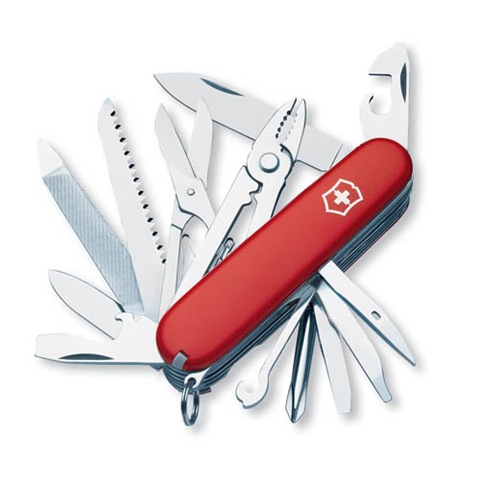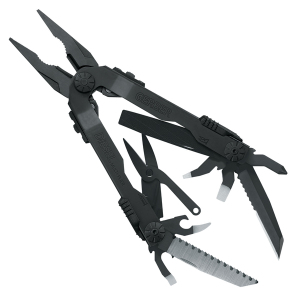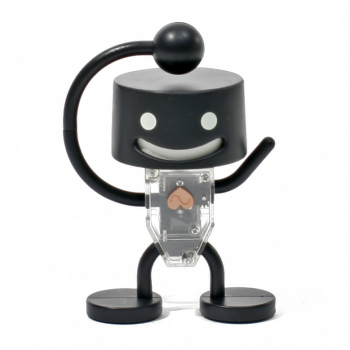Design of the Automatic Analog: The Olympus Mju / Stylus
Today is 9/21. My grandfather's name, was 921 Yamada. That's no typo; his first name was 921, which in Japanese sounded similar to "No.1 in the Country (Kuni-ichi)." I'm conflicted that my grandfather has a interesting yet Borat-esque name. He used a lot of cameras, and always researched about the best cameras. He was also blind, caused by a bullet penetrating his leg during the second world war. I actually don't know how that really makes sense, but apparently he was able to see photographs at a close range although he couldn't generally see. When I was a small child, he gave me the Olympus Mju (Pronounced "Mew", and called the "Stylus" in the States). I did not think much of it then, but I easily carried this camera in my pocket everywhere I went.
The camera is made of plastic, and it does not have a zoom. The camera is turned on by sliding the front cover open, and all you had to do was press the shutter button. As a kid I was amazed by the cleverness of the design, and how the design, the curves worked with how the camera was supposed to be used. It had a fixed focal length of 35mm, which was a very sharp lens. This camera was so useful as a everyday camera, and it took the beatings associated with that of being in a pocket of a late-elementary/middleschooler all the time. Back then I didn't have the appreciation of this camera as I do now, but I was surprised how durable it was despite being a plastic point and shoot. Its rewinding mechanism broke down after all the years of shooting, and after getting into SLR' in high school and going into Architecture, I forgot about the camera, and it was stored in the damp, humid storage of my parents house in Japan for almost 10 years.
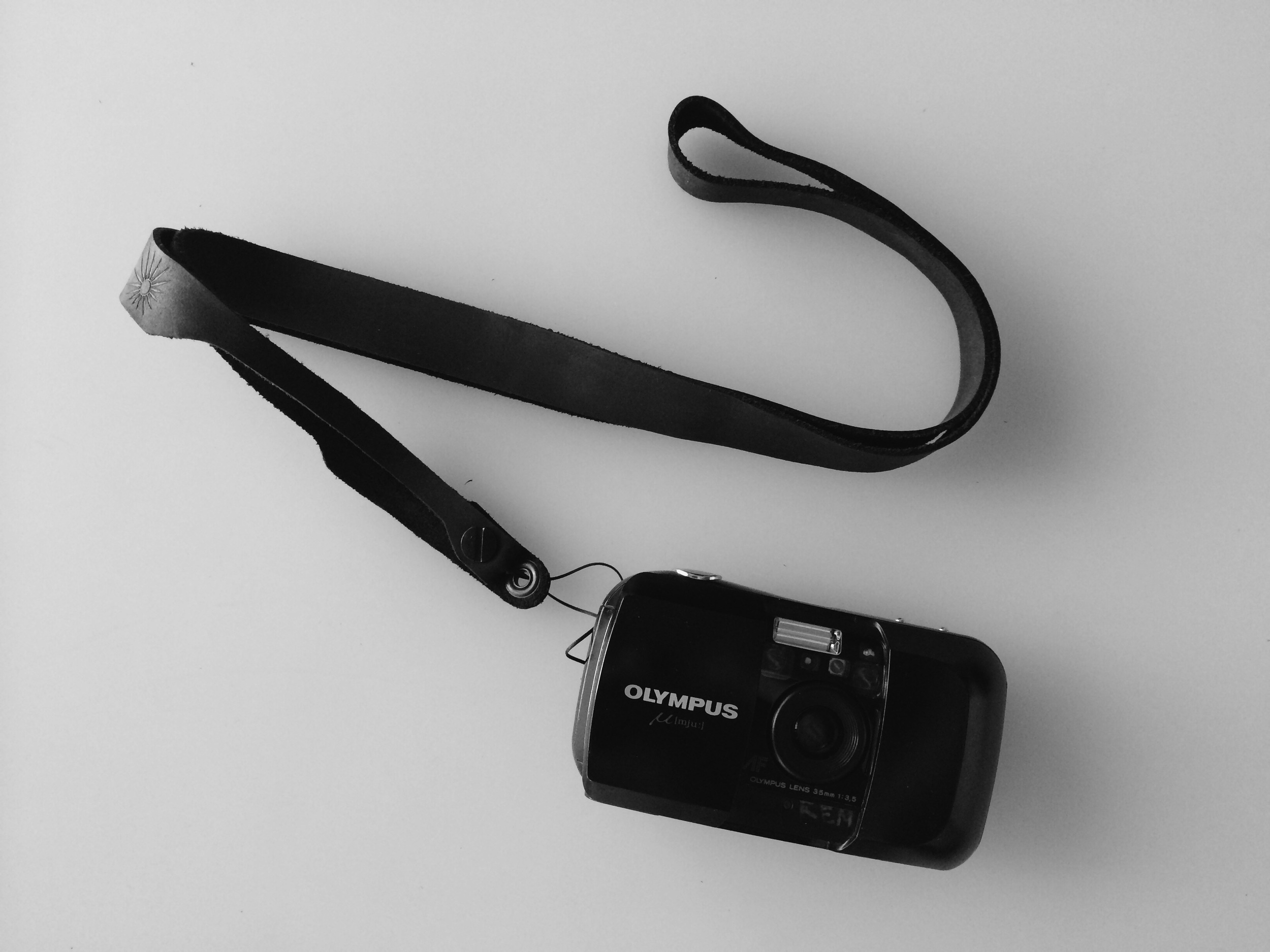
Recently, film photography has attracted some new attention, and I remembered about this camera. I assumed that since it has been sitting for 10 years, it must have rotted out but that I would still keep it around as a keepsake of my grandfather (My parents house is particularly humid during the summer, to a point where a book would curl up in few hours) Much to my surprise, the camera worked (The battery was inside for more than 10 years too), and the rewind mechanism was able to be repaired relatively affordably. There was a bit of fungus growth in the lens, but it did not affect the photos.
Looking at the camera today, it is a delightfully 90's Japanese design - reminiscent of the Mazda Miata, the culture of compact "fun" innovation- the care the designer took to integrate the use into the hand-friendly form has left a lasting legacy, where I enjoy taking this camera in my pocket today, even with a great camera already included in the iPhone. Also, the lens is very sharp and the quality of the photo it produces is very nice.
The use of plastic to achieve the rounded form and the lightweight, resilient camera is very appropriate for the intended use of this camera. Looking back now, the use of plastic and its better resiliency over metal is probably what had this camera survive my use when I was a child. The use of traditionally non-premium materials such as plastic does not automatically make a design cheap - the criticality and honesty with the design and materiality is what brings the value into the design.
[nggallery id=21]
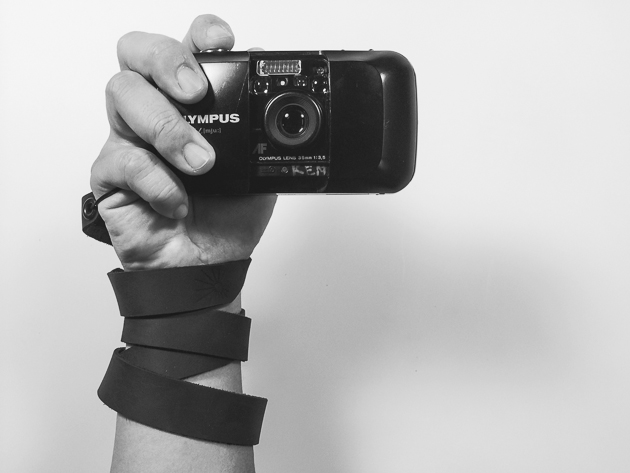
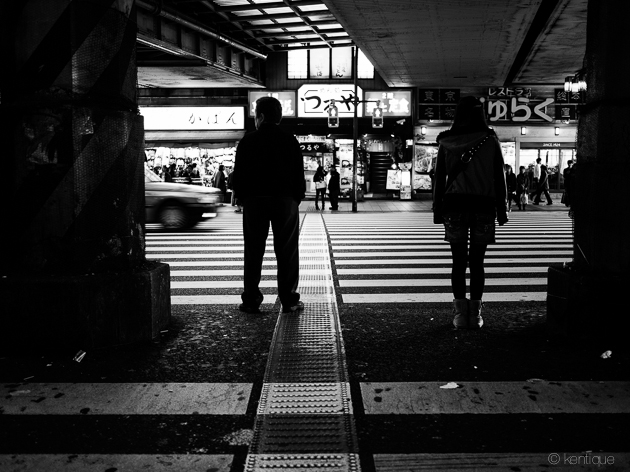
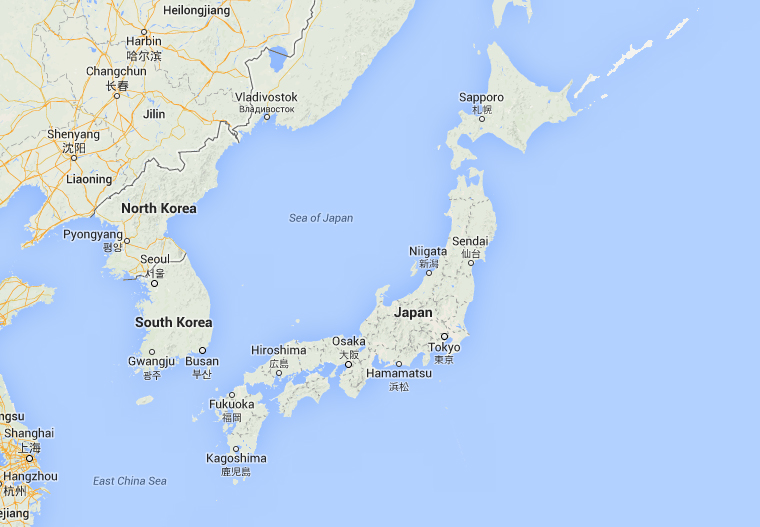
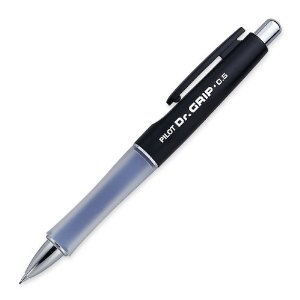
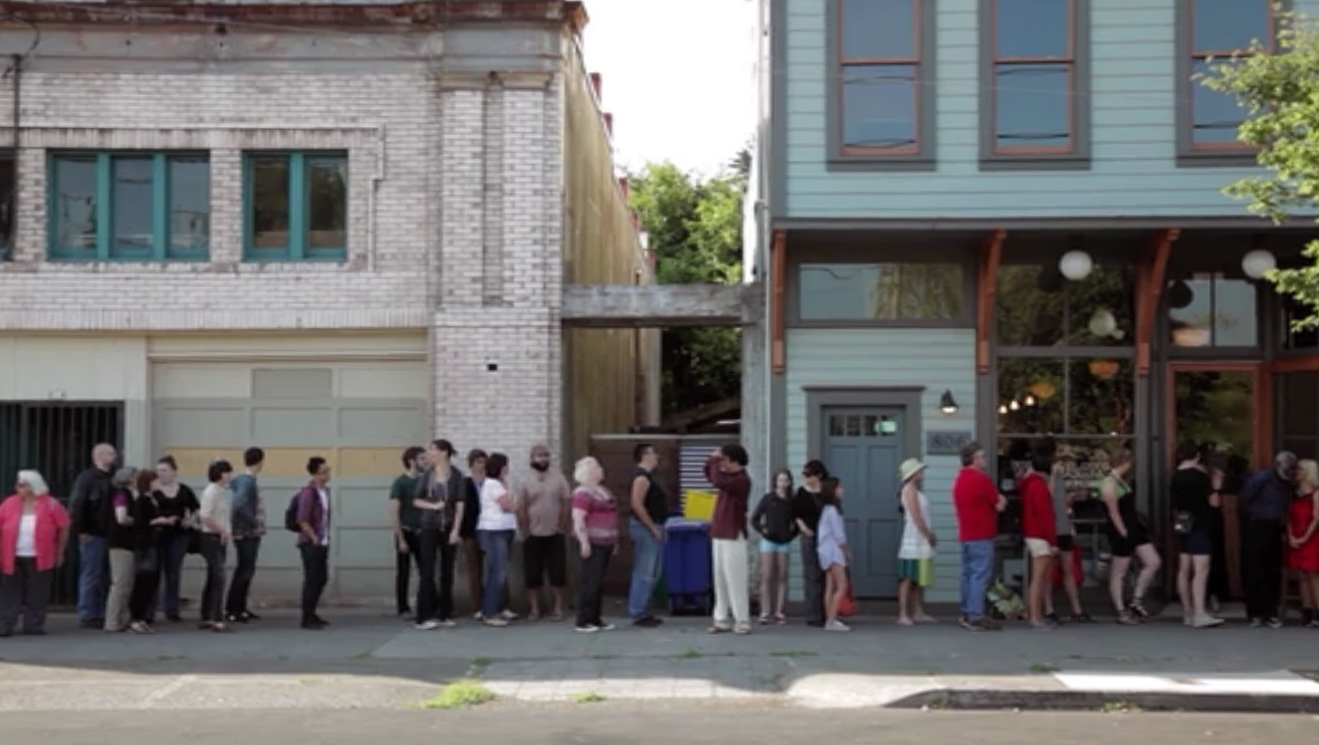

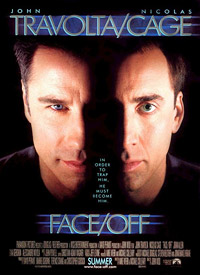
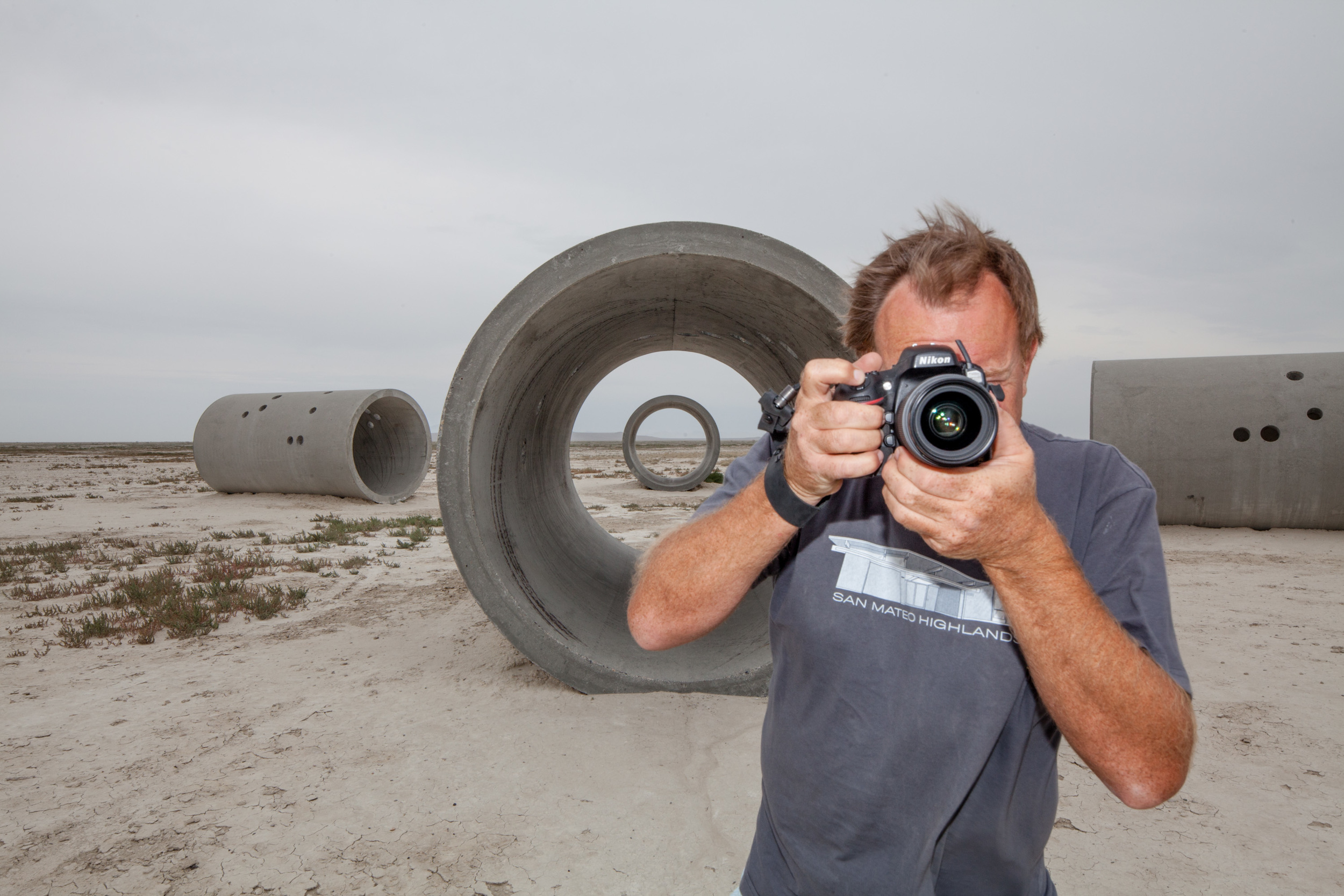
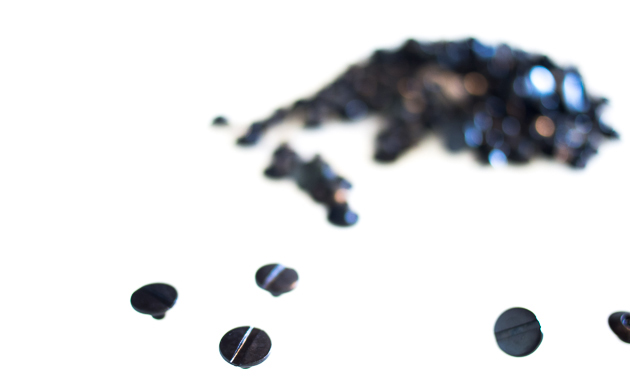
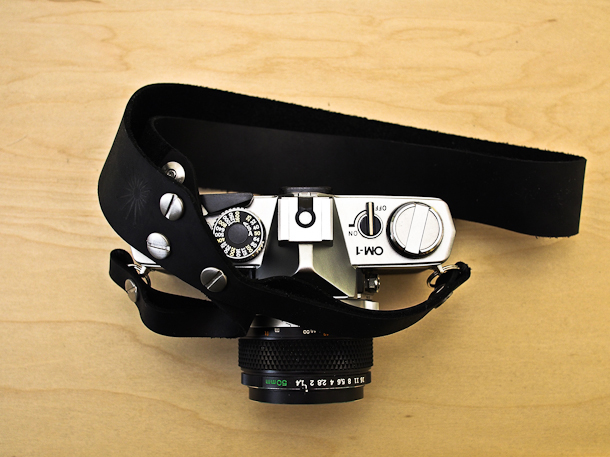
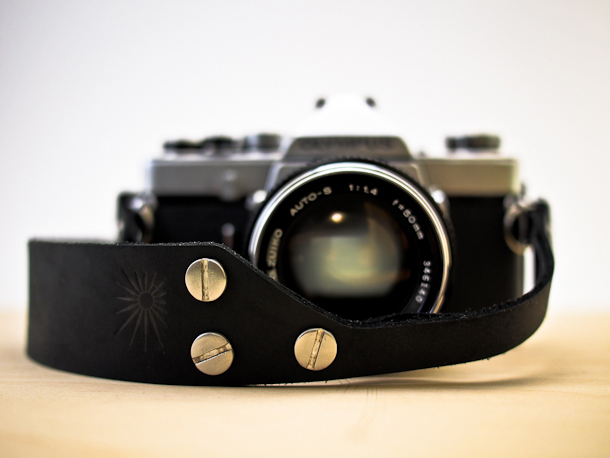
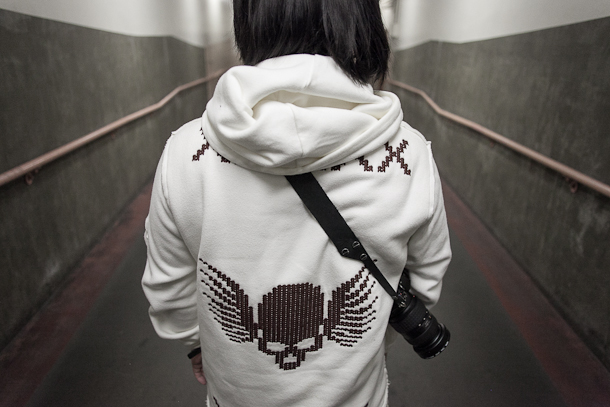

![Pry Bar [lang_en]Pry Bar[/lang_en][lang_ja]釘抜き[/lang_ja]](http://static1.squarespace.com/static/546d9c88e4b0533fc07a3788/55644047e4b075827977eec1/55644048e4b075827977eece/1263000071000/Pry-Bar.jpg?format=original)
![Mouse Phone [lang_en]A Phone in a Mouse[/lang_en] [lang_ja]A Phone in a Mouse[/lang_ja]](http://static1.squarespace.com/static/546d9c88e4b0533fc07a3788/55644047e4b075827977eec1/55644048e4b075827977eed1/1263000156000/Mouse-Phone.jpg?format=original)
